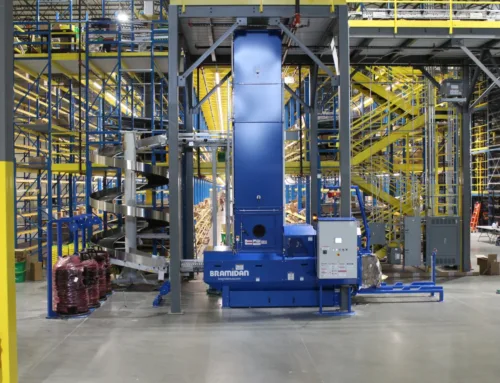
When an organization faces the need to offload surplus property, streamline operations, or restructure for efficiency, a well-defined asset liquidation strategy becomes essential. Liquidation is more than just the disposal of physical inventory — it’s a strategic planning process that requires expert valuation, understanding of market demand, and a clear grasp of return on investment goals. Whether dealing with electronic waste, commercial gear, or estate assets, effective disposition can recover significant value when handled with precision and foresight.
Understanding the Landscape of Asset Disposition
The liquidation process begins with a comprehensive evaluation of the current asset portfolio. Every item—whether it’s excess inventory, underperforming equipment, or redundant fixtures—holds potential value depending on condition, demand, and market timing. This phase of asset management requires a blend of appraisal skill and market research to determine fair market value. Strategic disposition decisions also factor in depreciation schedules, contract obligations, and regulatory considerations, including environmental law for electronic waste and IRS compliance in certain donation scenarios.
Building a Strong Valuation and Pricing Framework
Valuation is the cornerstone of effective liquidation. Assigning the correct market value to an asset directly influences final returns and buyer engagement. This process often involves third-party appraisals, competitive pricing strategies, and comparative analysis across auction platforms. Incorporating fee structures, such as buyer premiums or flat-rate commissions, helps calculate true net revenue. An experienced liquidation services partner understands how to balance valuation with demand, delivering a pricing strategy that reflects both current trends and long-term asset goals.
Strategic Use of Online Auction Platforms

Online auction tools have revolutionized the way assets are liquidated across industries. By opening up inventory to a global buyer pool, companies can significantly increase exposure and revenue potential. From business liquidation to estate downsizing, digital bidding environments enable transparent pricing, real-time negotiation, and streamlined settlement processes. Online auction listings should be optimized with high-quality images, detailed asset descriptions, and clear contract terms to drive competitive interest and reinforce trust in the brand.
Enhancing Visibility Through Marketing Strategy
A well-executed marketing strategy is crucial to maximize reach and drive targeted traffic during the liquidation process. Social media marketing, email campaigns, and search-targeted display ads can all raise awareness for high-value asset sales. Targeted advertising based on buyer behavior and industry relevance increases the chance of finding motivated bidders or buyers. Consistent brand messaging and customer service throughout the campaign reinforce the organization’s professionalism and credibility, supporting both immediate sales and future opportunities.
Exploring Diversification in Liquidation Channels
Successful liquidation often involves more than a single exit strategy. Depending on the asset type, location, and demand, different disposal options may yield stronger outcomes. These may include direct sale to end-users, consignment with resale networks, or donation to nonprofit partners where tax benefits apply under internal revenue service guidelines. Diversification also reduces the risk of overexposure in any one channel and allows for real-time adjustment based on evaluation feedback and buyer interest.
Leveraging Restructuring and Organizational Efficiency
Asset liquidation plays a key role in larger organizational restructuring efforts. As businesses grow, merge, or pivot, identifying underutilized or obsolete property becomes a way to cut costs and reinvest in core operations. Efficient asset disposal can eliminate storage fees, improve facility usage, and increase working capital. Integrating asset disposition into the broader scope of strategic planning empowers leadership to make data-informed decisions that enhance operational agility and long-term performance.
Key Components of a High-Return Liquidation Strategy
A comprehensive asset liquidation strategy should always account for:
- Accurate asset appraisal and valuation
- Defined return on investment targets
- Selection of optimal liquidation channels (auction, donation, direct sale)
- Negotiation techniques tailored to asset type and buyer
- Compliance with relevant contracts and environmental laws
- Marketing support through social media and targeted advertising
- Transparent communication and responsive customer service
When these components are aligned, businesses can unlock significantly more value from asset disposal while strengthening internal operations and brand presence.
Closing Thoughts: Unlock the Full Value of Your Assets
Every asset holds potential — even those no longer central to your operations. With the right combination of evaluation, marketing, and execution, liquidation becomes not a loss, but a revenue opportunity. At End2End Logix, we help organizations navigate the liquidation process with precision, insight, and results. Whether your company is undergoing restructuring or simply decluttering its portfolio, our asset management expertise ensures maximum return and seamless transition.
Ready to turn your surplus into profit? Contact End2End Logix today and explore your asset disposition options with confidence.
Share This Story, Choose Your Platform!
Get In Touch
Phone: (847) 722-6942
Email: sales@end2endlogix.com
Web: end2endlogix.com


